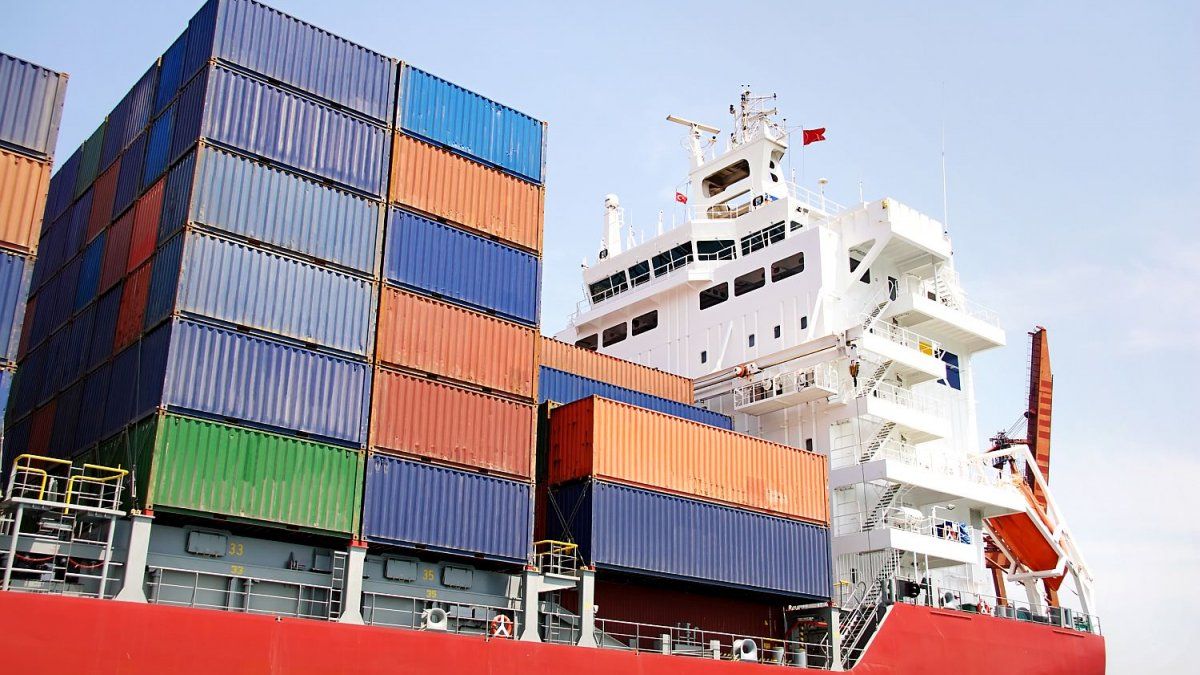However, the yellow lights arise from the seasonally adjusted data. The CEP XXI indicated that In August, industrial activity fell 1.6% compared to July. Thus, two consecutive months down could be consolidated: according to the latest data from Indec, in July the industry fell 1.2% against June, measured seasonally. In any case, in the accumulated January-July, the industry is 5.8% above 2021according to the Manufacturing Production Index (IPI) of the statistical agency.
Lunch Massa-UIA
This Thursday, Massa will visit the Buenos Aires headquarters of the UIA to participate in a lunch, together with the Secretary of Industry, José Ignacio el “Vasco” de Mendiguren. On the industrial side, the greatest concern is the difficulty in accessing imported inputs due to restrictions on the dollar, and the impact on production processes. In the latest report from the UIA Study Center in July, they indicated that 3 out of 4 companies face difficulties in supplying inputs and 70% in paying for imports, which meant that 32% stopped part of their operations.
On the other hand, Massa and de Mendiguren will carry a request in terms of maintaining employment despite the lower activity, and contain the rise in prices. Until June, the industry accumulated two consecutive years of job creation. In an interview with Ámbito published last week, de Mendiguren said that he will propose that they cut the “surcharges” for coverage as a result of the financial crisis that broke out in July: “Industrialists took cover for doubts, but then the dollar fell, the default horizon was cleared and more reserves were added. We were left with prices that responded to an expectation that did not occur”.
At the moment, industrial entrepreneurs consulted by Ámbito have little expectation that the situation of imports will be regularized. For many that have a quota, the approval of “SIMI A”, which is automatic, was transformed into “SIMI B”, which requires finding financing for 180 days, something that SMEs see with great difficulty. For his part, the Secretary of Commerce, Matías Tombolini, established a mechanism to have the details of critical cases, and analyzes priority criteria to enable dollars.
In the short term, there are two alternatives that Economy analyzes to facilitate access to foreign currency. On the one hand, included in the bill in the money laundering budget for importers. Although SMEs such as Cgera are excited, from a large company they commented that it could fail because it takes the “official exchange rate”, and not the MEP, as in construction, while fearing “changes in the rules of the game” , after what happened with the soybean dollar.
Another of the measures under study is what to do with the dollars that go through tourism. Mendiguren’s “Vasco” said that the industrialists “drill” his head so that the dollars go to production. Agustín D’Attellis, director of the Central Bank, confirmed that these issues are being “discussed” because “The economy cannot support a level of US$1 billion in tourism account deficit every month”as he said in a radio interview.
The data on imports for August will be known this Wednesday and could lead to a drop of almost US$1 billion in energy, due to lower consumption. In the accumulated January-July, they maintain a rise of 44.2% year-on-year, and 64.6% compared to 2019. They will close 2022 at US$95,772 million, according to the budget presented by Economy in Congress, a rise of 32.4%, which will lead to, Even with historical exports (of US$103,523 million), the trade balance is reduced by half compared to the previous year (US$7,751 million).
Source: Ambito
David William is a talented author who has made a name for himself in the world of writing. He is a professional author who writes on a wide range of topics, from general interest to opinion news. David is currently working as a writer at 24 hours worlds where he brings his unique perspective and in-depth research to his articles, making them both informative and engaging.




